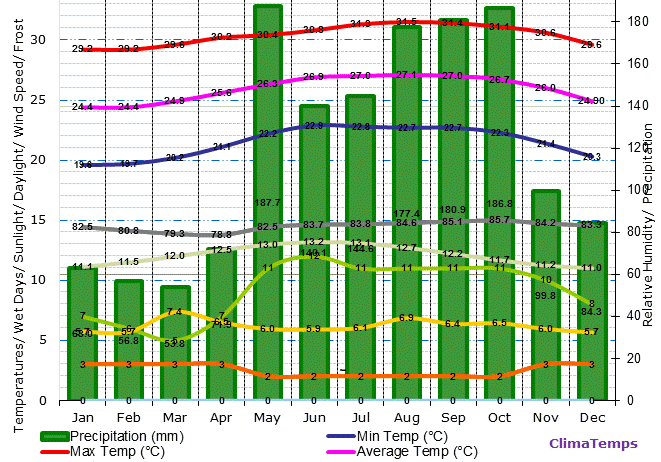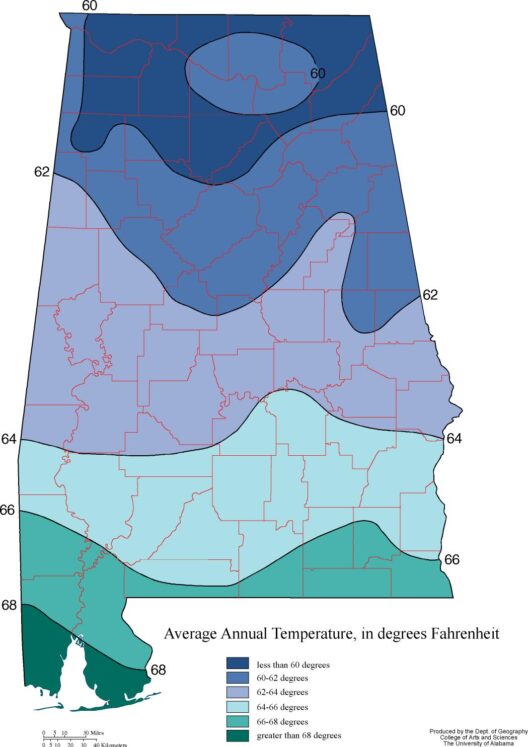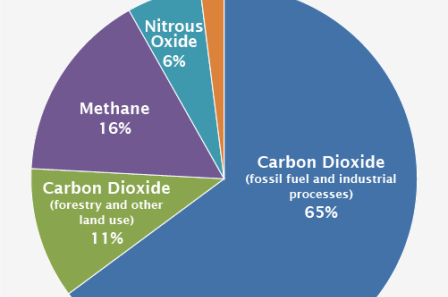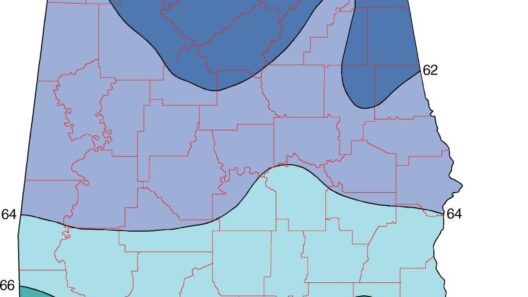The Dominican Republic, a jewel nestled in the heart of the Caribbean, boasts a climate that is as dynamic as its rich culture and landscapes. With its tropical setting, the weather patterns of this island paradise reveal intricate nuances, offering both vibrancy and challenges. Understanding the nuances of the Dominican Republic’s climate is essential to appreciating its environmental tapestry and the lifestyle adaptations it necessitates.
The climate in the Dominican Republic is predominantly tropical maritime. This classification denotes warmth, humidity, and seasonal rainfall, which together shape the ecological diversity of the island. The temperature remains relatively stable throughout the year, averaging between 25°C to 30°C (77°F to 86°F). These benign conditions are interrupted by the seasonal rhythms of rainfall, leading us to explore the division of the year into distinct wet and dry seasons.
The dry season typically commences around November and concludes in April. This period is marked by reduced rainfall, making it the peak time for tourism. Travelers flock to the pristine beaches and lush national parks, drawn by the promise of ample sunshine and moderate humidity. However, even during the dry season, sporadic showers may grace the island, providing brief but refreshing interludes to the otherwise sun-soaked days.
Conversely, the wet season stretches from May to October, characterized by a dramatic increase in precipitation. The lushness of the island flourishes, painting the landscapes in vibrant greens. Rainfall can be intense, especially during August and September, with sudden thunderstorms punctuating the afternoons. It’s during this time that the Dominican Republic experiences its highest humidity levels, which can make the heat feel more oppressive. Residents and visitors alike must adapt, seeking solace in shaded areas or indulging in the invigorating embrace of ocean breezes.
The Dominican Republic’s geographical features further enhance its climatic diversity. The elevation of the Cordillera Central mountain range affects local weather patterns significantly. Here, temperatures can drop, creating a microclimate perfect for growing cooler-climate crops such as coffee and fresh vegetables. Areas like Jarabacoa, often referred to as the “Switzerland of the Caribbean,” showcase a completely different climate compared to the coastal regions. This not only adds to the ecological richness but also showcases the adaptability of local farming practices in response to varying temperatures.
However, the climatic allure of the Dominican Republic is not solely about beautiful beaches and verdant mountains. The threats posed by climate change loom large, necessitating a shift in perspective regarding the fragility of this environment. Rising global temperatures have brought about increased instances of extreme weather events. Hurricanes can devastate coastal areas during the Atlantic hurricane season, which runs from June to November. Each year, there’s a palpable concern as meteorological agencies monitor storm developments, understanding that the ramifications can ripple throughout the local economy and ecological stability.
This intersection of climate and human activity is significant, as the Dominican Republic grapples with the balance between fostering economic growth and preserving its natural environment. The reliance on tourism creates both opportunities and challenges. The influx of visitors during peak seasons tends to strain local resources, pushing the need for sustainable practices to the forefront of conservation efforts. Citizens are becoming increasingly aware of their environmental footprint, engaging in initiatives aimed at reducing waste and promoting sustainable tourism.
Ecologically, the island is a treasure trove. The lush tropical rainforest promotes biodiversity, sheltering unique species of flora and fauna. However, deforestation, primarily driven by agricultural expansion and urban development, poses threats to this biodiversity. Consequently, understanding the Dominican Republic’s climate engages us with the critical conversation surrounding environmental stewardship—a necessity to preserve the ecological beauty that attracts countless visitors and sustains local livelihoods.
Additionally, the impact of climate on the local agriculture sector cannot be overstated. Staple crops like sugarcane and bananas thrive in the warm, humid conditions, yet face extreme vulnerability during climatic anomalies. Farmers are increasingly confronting the dual challenges of unpredictable weather and pestilence, which can hinder crop yields and endanger food security. Innovative agricultural practices, such as crop rotation and eco-friendly pest management, are becoming pivotal in helping farmers adapt to these modern challenges.
For the citizenry, understanding and adapting to the climate are paramount. Through community engagement, knowledge sharing, and a concerted focus on sustainable practices, the local population is rising to the challenge, serving as custodians of their environment. Local governments and NGOs are also stepping in, initiating climate resilience projects that seek to bolster infrastructure against the adverse effects of climate change. Efforts to restore mangroves, protect coastal ecosystems, and promote renewable energy sources epitomize proactive measures taken to combat climate challenges.
In conclusion, the climate of the Dominican Republic is an intricate interplay of warmth, humidity, and seasonal changes that shape not only the natural environment but the very lives of its inhabitants. Through an exploration of its seasons, geographical diversity, and growing environmental challenges, a deeper appreciation for the island emerges. It underscores the vital importance of addressing the implications of climate change on this Caribbean paradise, reminding us that every individual effort contributes to a larger narrative of resilience and sustainability.








